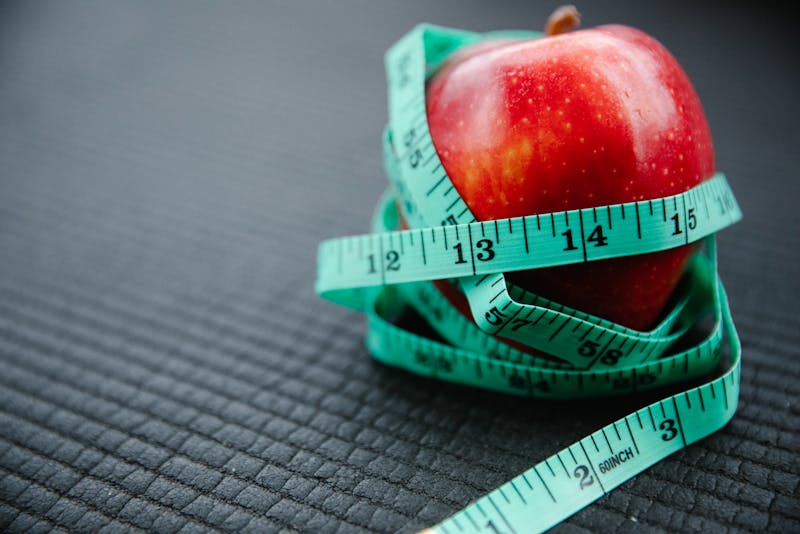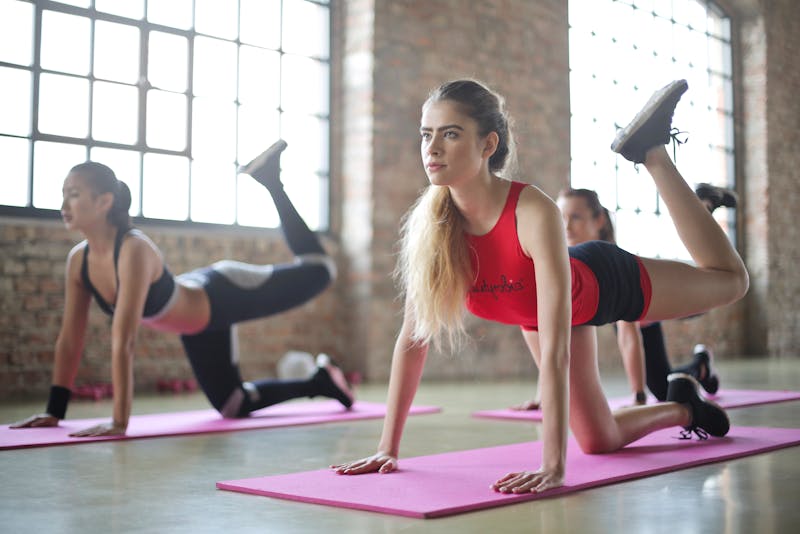As with all things, pitching takes practice. To be able to control the accuracy, speed, and command of your pitches in one fluid motion takes years of tough training and dedication. Even major league players struggle to stay consistent sometimes, so that should tell you it’s no easy feat. Don’t fret, though, as even the youngest players can condition themselves to a game-winning stance.
However, before you work on your mechanical control, you need to have mental control first. Establish your training environment. Have a reliable support system behind your back and the best equipment to chart your progress. Speed pitch booths and cages help you achieve this. These booths not only improve your pitching accuracy; they also keep you focused and safe.
Once you find a coach and set up the field, it’s time to improve your mechanical control. Pitching is essentially target practice – being able to zoom into your target zone and hitting a strike quickly and consistently are the game-winning skills you need to develop. Let’s briefly break down each aspect of the ideal pitching mechanics.
Setting Your Sights on the Target
All great pitchers have eagle eyes. During a game, they focus on so many things at once – the hitter, the target zone, the runners – that they not only need to practice visualization but also have great peripheral vision. Control relies most on sight, after all.
As a practicing pitcher, having eagle eyes being trained on the ball during the entire pitch. You might have heard of the rule of thumb “leg up, eyes up,” meaning your eyes have to be on the target as soon as you lift your knee to maximum height, and even as you release. This is especially useful when a breaking pitch. If you’re like most novice pitchers who turn or lose focus a split-second after they release, train your head to get back up quickly to make sure you hit your aim.

Performing a Perfect Pitch
The entire mechanical process of a pitch involves a handful of movements but happens in one fluid motion. This is where physical conditioning matters most.
You might have been accustomed to the full-palm grip when playing catch, but holding the ball with your fingertips yields the best control. This gives your pitch ideal velocity and direction as you snap your wrist during the release. How deep your grip can also influence how low or how high your pitch sinks or rises.
Once you’ve practiced your grip, the motion commences with the windup, the pivot, the stride, and finally, the follow-through. Step back and shift your weight to your back leg. Then your other foot pivots parallel to the rubber as your back leg moves the burden onto the pivoting leg as it lifts. As you lift your leg, it strides forward and opens as it lands into position. Then, your pivot foot follows through by lunging forward just as your wrist snaps in ball release, bringing your whole upper body to a turn.
Mastering all that doesn’t just require being in peak physical condition. Maintain focus, do not hesitate to hit your target, and do not overdo your pitch. Pitching is a fun practice. As long as you got these fundamentals down, then it’s only a matter of time and effort. Put in the hours, and you’ll win your next game in no time!





